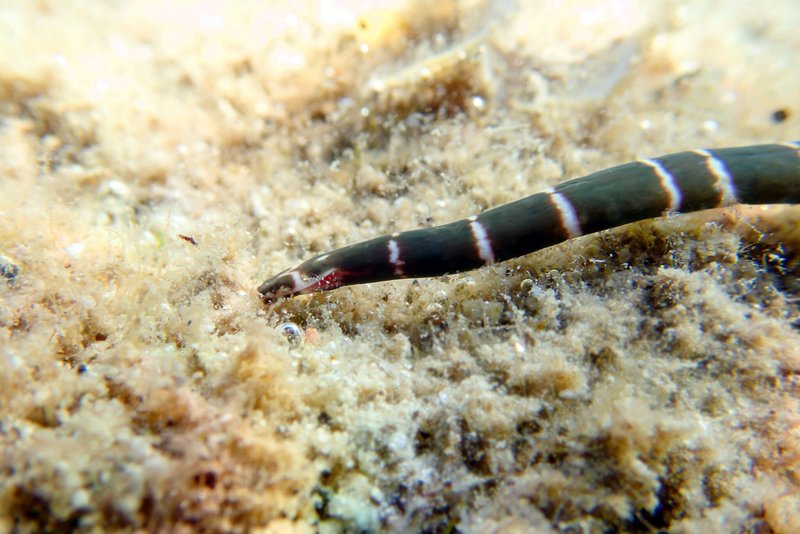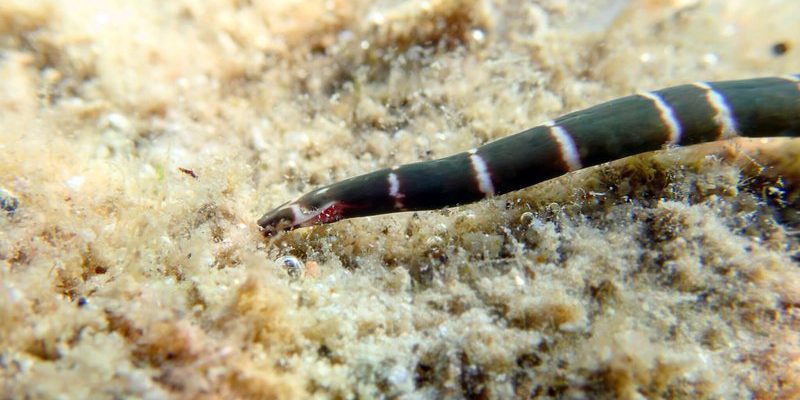
Imagine the ocean floor as a giant garden, where various plants and creatures work together to keep the soil stable and healthy. Ribbon worms, with their unique lifestyles and feeding habits, contribute significantly to this balance. They dig through the sediment, creating burrows and tunnels, which helps aerate the soil and allows nutrients to flow more freely. So, let’s dive deeper into the world of ribbon worms and see how they help maintain the health of ocean floor sediments!
What Are Ribbon Worms?
Ribbon worms, scientifically known as *Nemertea*, are fascinating creatures that can be found in various marine environments. They come in different shapes and sizes, but they typically have long, flat bodies that can sometimes stretch over six feet! Here’s an interesting tidbit: they’re also known as nemerteans. These worms are mostly found in shallow waters, burrowing into the sand or mud on the ocean floor.
One of their standout features is their retractable proboscis, a long, tube-like structure that they use to catch prey. Think of it as a fishing rod; they can extend it out to snag small fish or invertebrates, pulling them in for a meal. This unique feeding mechanism not only helps them survive but also plays a role in how they interact with their sediment environment.
The Role of Ribbon Worms in Sediment Stability
You might be wondering how these worms relate to ocean floor stability. Well, ribbon worms contribute to sediment stability in a few important ways. First, their burrowing activity helps prevent the sediment from becoming too compacted. When they dig and move through the sand or mud, they create spaces that allow water and nutrients to circulate better.
Moreover, as they feed on organic matter, they break it down into smaller particles. This process helps enrich the sediment, making it more fertile for other marine life. A well-balanced and nutrient-rich sediment layer supports a diverse range of organisms, creating a thriving ecosystem.
How Ribbon Worms Impact the Ecosystem
The ocean floor isn’t just a home for ribbon worms; it’s a bustling community where many species interact. By maintaining sediment stability, ribbon worms indirectly support other creatures in that ecosystem. For example, healthy sediment can foster the growth of small plants and algae that provide food for fish and other marine animals.
On the flip side, if ribbon worms were to decline in numbers, the balance of the ocean floor might be thrown off. Without their burrowing and feeding habits, sediments could become overly compacted, reducing oxygen flow and nutrient availability. This could lead to fewer species thriving in that environment, showcasing just how crucial ribbon worms are to the health of the ocean’s ecosystem.
The Connection Between Ribbon Worms and Sediment Composition
When discussing ribbon worms, it’s important to consider the types of sediments they inhabit. Ribbon worms typically prefer sandy or muddy environments where they can easily dig and find their meals. The composition of this sediment affects their behavior and survival.
For example, in nutrient-rich sediments, ribbon worms can flourish, leading to a stable ecosystem. However, in poor-quality sediments, they might struggle to find enough food. This can create a ripple effect, impacting not just the worms but also the entire community of organisms that rely on that environment. Moreover, changes in sediment types can alter how these worms affect stability.
Environmental Changes and Their Impact on Ribbon Worms
Environmental changes, like climate change, pollution, and habitat destruction, can significantly impact ribbon worms and their role in sediment stability. As ocean temperatures rise, their preferred habitats can shift, potentially leading to a decline in populations. This is concerning, as a reduction in ribbon worms can destabilize the sediment and disrupt the delicate balance of marine ecosystems.
Pollution can also have detrimental effects. Contaminants and nutrients entering the ocean can affect water quality, altering the habitats ribbon worms rely on. Changes in sediment composition can also emerge from human activities, such as coastal development or dredging, which can lead to sediment displacement and loss of habitat.
How to Protect Ribbon Worms and Their Habitats
Given the importance of ribbon worms in maintaining sediment stability, protecting their habitats is vital. Here are some steps we can take to help preserve these fascinating creatures and their roles in the ecosystem:
- Reduce Pollution: Minimizing waste and chemicals entering the ocean helps maintain water quality.
- Support Sustainable Practices: Choosing sustainably sourced seafood can help protect marine habitats.
- Advocate for Coastal Conservation: Supporting policies and initiatives that protect coastal areas can safeguard ribbon worm habitats.
By taking these steps, we can contribute to the well-being of ribbon worms and the overall health of the ocean floor’s ecosystem.
In closing, ribbon worms might not have the spotlight in the ocean world, but their influence on sediment stability is huge and often overlooked. These remarkable creatures play a vital role in maintaining healthy marine ecosystems through their burrowing and feeding habits. By understanding their contributions, we can appreciate the delicate balance of life beneath the ocean’s surface.
So next time you think about the ocean, consider its hidden inhabitants like ribbon worms. Their work is an essential part of the puzzle that keeps our oceans thriving. It’s a reminder that even the smallest creatures can make a big difference in the grand scheme of life in the sea.

